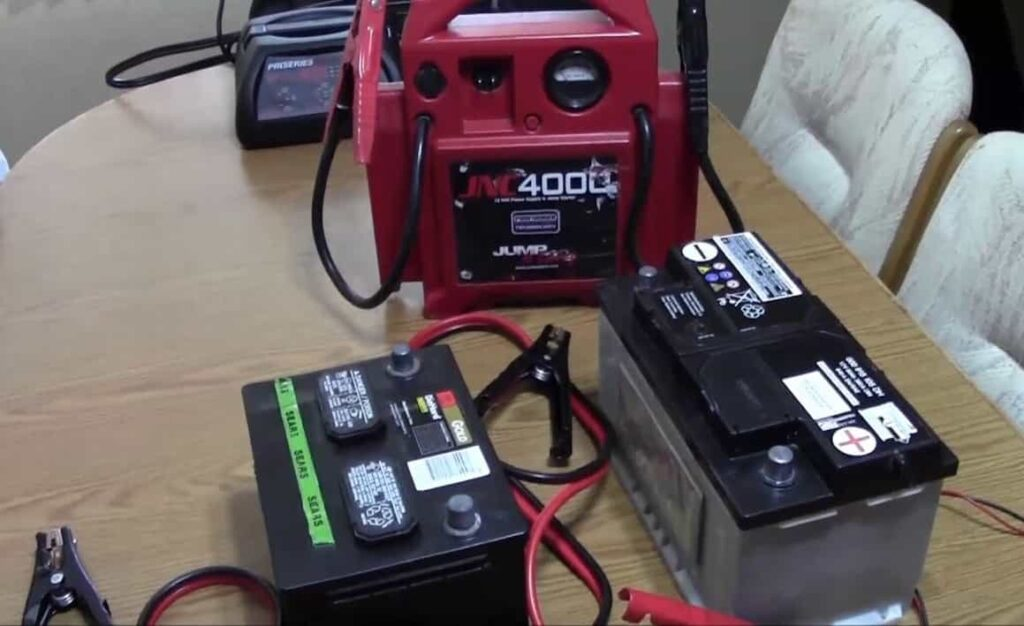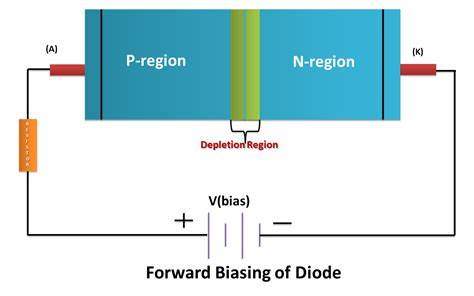How To Get 12 Volts From A 24 Volt System? – It’s Not Magic
You want to get 12 volts from a 24-volt system. You say, “How can I do this? Can we divide the 24 volts by 2?” Nope. The problem with that approach is that resistors do not function at maximum potential when used at high amperages. The objective of the 12-volt converter project is to design and build a DC to DC buck converter that can generate 1.2 volts from a 24-volt system. You will find everything experience very useful in our daily lives, and when it comes to important decisions, which aim at our income, knowledge will be the key.
How To Get 12 Volts From A 24 Volt System? – The Correct Method
The easiest way to get 12 volts from a 24-volt system is with a 12-volt DC-DC converter. This device steps down the voltage to 12 volts and can be used to power a wide variety of devices. You will find them in many laptops, cars, and other electronic devices. The simplest ones are designed to work only with specific batteries or battery systems, so you may need to buy one designed for your type of battery.
You can also use a resistive load on your 24-volt battery system. This involves using something like an LED light bulb or an electric motor. A resistor will consume power directly from the battery without adding additional voltage or amperage.
Calculation
You can calculate the wattage required by dividing 24 volts by the current draw in amps (24/0.01=240 watts).
For example,
- If you have a 20 amp draw on your system, you will need about 4 kilowatts (4kW) at 24 volts (4kW=240W/0.01A).
- If you have more than one item drawing power, add them together and divide by 0.01 amps per device (20A+20A=40A).
- The maximum wattage rating should be less than 10% of the overall battery capacity for your system.
- If you have a 24-volt DC battery system and need to convert it to 12 volts DC, there are several ways to do this, including using an inverter or resistive loads such as lights or motors.
Steps To Follow
- The first step is disconnecting your 12-volt circuits from your 24-volt wiring harnesses.
- Next, connect all of your new 12-volt wires using butt splices or crimp connectors (depending on what kind of wires you’re using).
- Run these wires under your hood and into your fuse box, where they’ll connect with your other 12-volt circuits like headlights, ignition coils, and starter motors.
- The final step is wiring up your new battery cables for charging purposes.
Wiring Two 12-Volt Batteries To Make 24 Volts
(1) How to connect two 12v batteries to make 24v, Two 12 volt batteries to make 24 volts – YouTube
If you have two 12-volt batteries, they can be wired in parallel to provide 24 volts. This allows you to run more powerful devices and have a longer run time between charges. It also has a third set of contacts that connect to your load, such as an LED light.
You can make it possible by adapting several ways, but the easiest is to use a diode isolator. This device has two contacts; one set connects to the positive side of each battery, and the other connects to their negative terminals.
The diode isolator allows current to flow from one battery to another but prevents it from flowing back into either battery. This way, it isolates the circuits and prevents any damage if there is a short circuit or a reverse polarity situation (like when you accidentally connect the leads backward).
Methods:
- The first thing to do is connect the ground wires from each battery together.
- Next, connect the positive terminals.
- If your batteries have a “battery terminal” already attached to them, then connect it to one of the positive terminals on one of your batteries (you will probably need to use wire nuts).
- Then connect this wire from one battery to the negative terminal on another, and attach your negative lead from this second battery to its negative terminal.
NOTE:
- Ensure that the voltage and age of your batteries are identical.
- Also, make sure there are no acid leaks on any of them.
12V converter for a 24v system – Simple Circuit – Ohm’s & Joule’s Law
You can use this simple circuit if you need a 12V converter for a 24V system.
It uses two diodes and two resistors to convert 24V to 12V.
- The first diode is connected to the positive terminal of the 24V source, and the second diode is connected to the negative terminal of the source.
- The center taps of both diodes are connected with one side of R2.
- The other side of R2 is connected to the output of our circuit, which will be 12V.
- The current will flow through R1 and R2 before reaching its desired voltage level at point B.
- At point B, we have a voltage drop equal to Vm, where Vm equals 0.6V x R1 x R2 (from Ohm’s law).
- Since no load is connected across these resistors, they will dissipate 0.6 watts (from Joule’s law).
- If we choose values for R1 and R2 so that Vm equals 12 volts, then our output voltage will be exactly 12 volts!
FAQs
Q. What is the difference between 24 volts and 12 volts?
The difference between 24-volt and 12-volt systems is this:
- 24 volts are two 12-volt batteries in series.
- In other words, when you connect two 12-volt batteries in series, you get 24 volts.
So if you want to make a 24-volt battery from two 12-volt batteries, you need to connect them positive to positive and negative to negative.
Q. What are the advantages of using a 24-volt system instead of a 12-volt system?
There are several advantages to using a 24-volt system over a 12-volt system. One of these advantages is that
- it can handle more current than a 12-volt system without going into thermal overload conditions and failing prematurely.
- Another advantage is that it has more starting torque and power than a 12-volt system because it has double the voltage and twice as many amperes available for use whenever needed.
Wrap Up
This is a case in which you may wish to employ a 12-volt converter from a 24-volt system if needed. It is important to monitor the voltages and currents within the 12-volt system for over-current or under-voltage events, especially if you are using a high-power device that can release a lot of heat or smoke. You may want to consider a 12V converter from a 24V system if you need to develop new systems or change your existing facilities.




